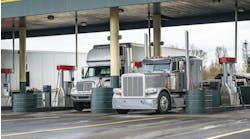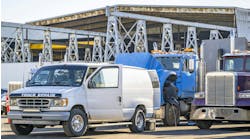It is very likely that remote working in some form will be around as we continue to recover from the COVID-19 pandemic. Companies have realized that many of their employees enjoy working from home and that some jobs do not require people to be in an office. While employees benefit from working from home, so do businesses because having a remote workforce opens the hiring pool and gives you access to more qualified people.
To achieve this, you may need to revamp some employee qualifications for remote workers because not everyone is cut out to work off-site. In a recent blog, Chelsea Verstegen, content strategist at Hireology, said, “Working remotely requires high amounts of initiative and personal accountability that not every individual has.”
Managers need to know that remote workers can balance their work against the distractions that come with working from home. She suggests asking questions about the candidate’s organizational and time management skills. You also need to pay extra attention to their communication skills.
She also cautions against making the mistake of thinking that because someone will not be in your office that they do not need to fit with your corporate culture and values. Because they will be interacting with your in-office employees and your customers, you want them to share your values and buy into your culture.
When conducting reference checks of a potential new hire, Verstegen suggests asking questions about the person’s ability to meet deadlines and work autonomously — important qualities in a remote worker.
Once you’ve hired someone to work remotely, be very careful and deliberate with your onboarding process.
“Make sure that your remote employees are privy to all the information necessary to do their jobs,” Verstegen said. “It’s much more difficult to acquire on-the-job training virtually, so your onboarding process has to be all-encompassing and include documents and presentations that can be referenced at a later date.”
It is also extremely important to maintain communication with your remote workforce. According to Verstegen, communication is one of the most important facets of keeping remote employees engaged. “Make an effort to make remote employees feel included with regular team meetings, manager check-ins, and projects that allow for cross-collaboration with other team members,” she advised.
Having some or all of your workforce work remotely opens up the candidate pool and can lead to some great hires that live outside of your office location. It just takes some adjustments to make sure you hire people that can thrive while working remotely, and also to keep them connected to your organization.
Jane Clark focuses on managing the member services operation at NationaLease as vice president of member services. She works to strengthen member relationships, reduce member costs, and improve collaboration within the NationaLease supporting groups.



